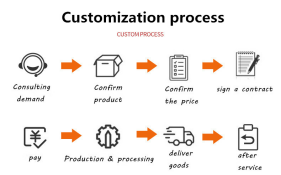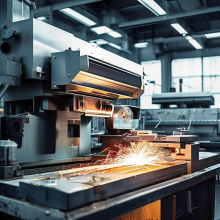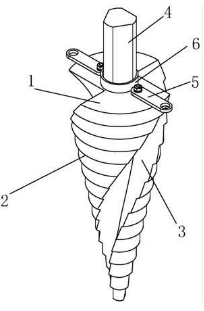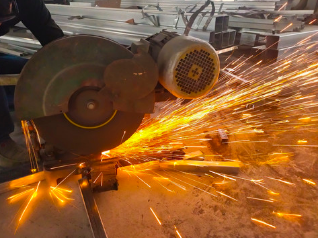The materials required for metal customization and the customization process are as follows:
materials needed:
Product design drawings, parts or metal profile design drawings (size, thickness, material required here, required quantity (number of samples and batch quantity) and other product details parameters need to be indicated) Company location, main business Product, sales method (affects product price), delivery address, contact information, port and other delivery information.
Customization process:
1. Early confirmation stage:
Confirm and communicate product design drawings, determine product size, performance, required materials, specific quantities, metal surface treatment methods, production cycle and delivery time and other pre-production preparations, production process precautions and other pre-production preparations that need to be confirmed.

2. Material procurement stage:
Select appropriate materials according to customer requirements and design drawings. If you need technical support and metal effect testing, you can communicate with engineers for confirmation and strive to maximize product effects.

3. Sample production and processing stage:
If it is a non-standard part, a separate mold needs to be opened for sample production and mass production (the mold fee needs to be paid separately). The sample will be produced and processed according to the drawings. If the standard is met, mass production will begin. This article can determine whether a sample is needed based on the demand (samples are subject to an additional charge. and higher than the bulk price)

4. Mass production stage:
Open the mold - mass production according to the drawings (during the production period, professional inspectors and technicians are responsible for the production process and responsible for the production results) batch welding and cutting (such as cutting, bending, milling, stamping, etc.) of products or assembly of parts. Carry out surface treatment (such as grinding, polishing, spraying, electroplating, etc.) according to the drawings to improve quality, appearance, corrosion resistance, etc.

5. Quality control and inspection stage:
Professional quality inspectors operate professional measuring equipment and testing instruments to randomly inspect customized metal parts in different batches or in the same batch to ensure that they meet the design requirements and quality standards (size, hardness, appearance, etc.). If there are products that do not meet the requirements, the quality inspection personnel will report them to the production department for troubleshooting to find out the reasons and solve them. Defective products are placed in a special area, waiting for remanufacturing in the next production. And conduct product debugging to check whether it can operate normally and meet factory standards and meet customer requirements.
6. Final delivery and after-sales service stage:
After the final production is completed, the customized metal is delivered to the customer according to the agreed time. The customer conducts inspection. If satisfied, the final confirmation is made and the after-sales stage is entered. Necessary services and technical support are provided to ensure customer satisfaction.